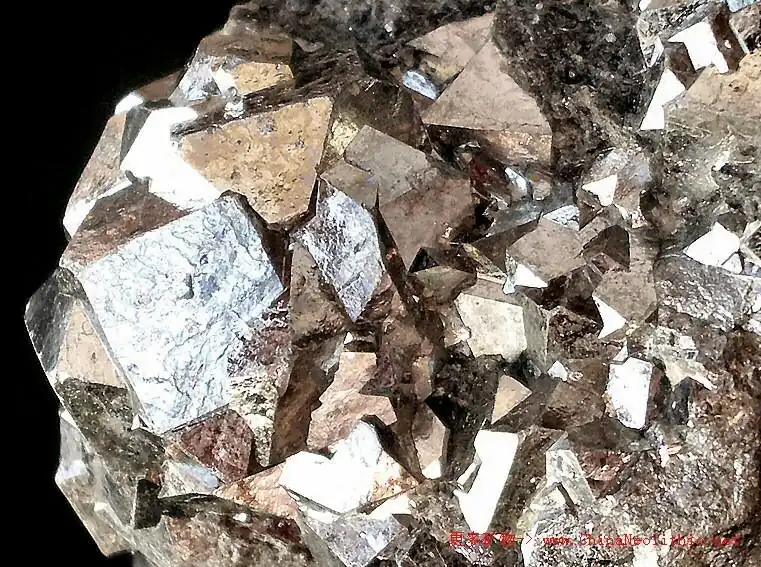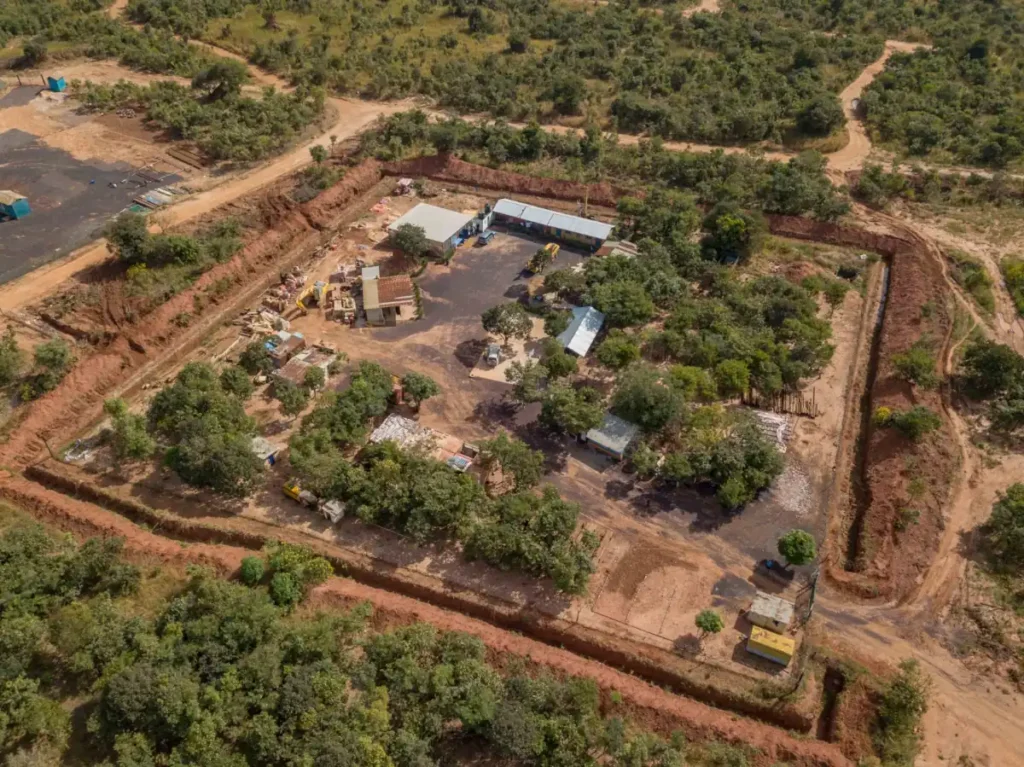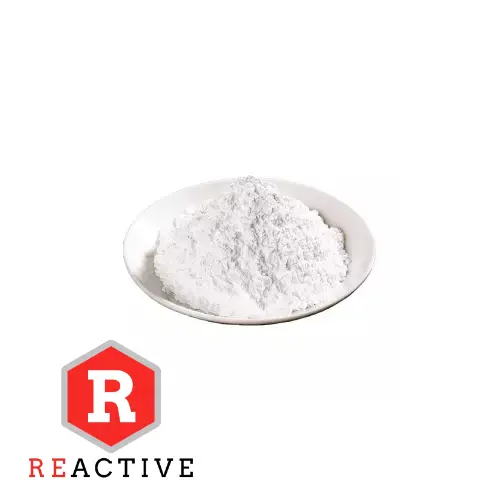Cobalt is an important metal resource. Cobalt is widely used in industrial fields such as aerospace, machinery manufacturing, electrical electronics, chemistry and ceramics because of its excellent high temperature resistance, corrosion resistance and magnetic properties. It is an important tool for manufacturing high-temperature alloys, One of the important raw materials for cemented carbide, ceramic pigments, catalysts and batteries, especially the current rapid development of electric vehicles and other industries has led to a surge in demand for cobalt in the field of cobalt power batteries.

Cobalt resources are mostly associated with copper-cobalt ore, nickel-cobalt ore, arsenic-cobalt ore and pyrite deposits. There are very few independent cobalt minerals and less terrestrial resource reserves. Seabed manganese nodules are important prospective resources for cobalt.

Four step method for extracting cobalt by magnesium oxide precipitation method
Specific steps are as follows:
Acid dissolution: Grind the cobalt ore finely and add an appropriate amount of acid (such as sulfuric acid, hydrochloric acid or nitric acid) to dissolve it to obtain a cobalt containing solution.
Adjust the pH value: Adjust the pH value of the cobalt containing solution to about 9 10, so that cobalt ions exist in the form of Co2+.
Precipitation: Add an appropriate amount of magnesium oxide slurry to the cobalt containing solution, and combine Co2+ with OH to form cobalt hydroxide precipitate under stirring.
Filtration and washing: Filter and separate the cobalt hydroxide precipitate, wash to remove impurities, and then dry and calcine to obtain cobalt oxide.
Chemical equation:
Co2+ + 2OH → Co(OH)2
Co(OH)2 + heat → CoO + H2O
Influencing factors:
Acidity: Too high acidity will dissolve too many impurities and increase the difficulty of subsequent processes; too low acidity will affect the precipitation of cobalt ions.
pH value: If the pH value is too low, it will affect the precipitation of cobalt ions; if the pH value is too high, a large amount of magnesium hydroxide precipitation will be generated, making filtration more difficult.
Dosage of magnesium oxide: Insufficient use of magnesium oxide will lead to incomplete precipitation of cobalt ions; excessive use of magnesium oxide will increase costs.
Temperature: The higher the temperature, the coarser the cobalt hydroxide particles and the better the filtration performance.
Advantages and Disadvantages:
advantage:
The process is simple, low cost and easy to operate.
Suitable for various types of cobalt ores and cobalt containing solutions.
Other valuable metals such as nickel, copper, etc. can be recycled.
shortcoming:
Colloidal matter is easily produced during the precipitation process, which affects the filtration performance.
The quality of magnesium oxide has a great impact on extraction efficiency.
Wastewater treatment is difficult.

